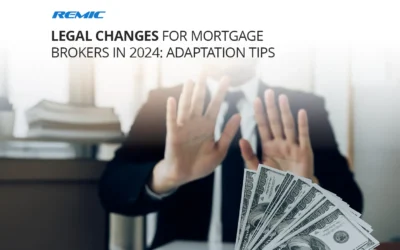Mortgage Fraud for Shelter
Fraud for shelter is one of the most common forms of fraud in the mortgage industry. This type of fraud occurs when an individual wishes to purchase a home in which to reside with no intent to abscond with mortgage funds or fraudulently sell the property by misstating or misrepresenting his or her status. In most cases this type of fraud involves inflation of the purchaser’s income to obtain mortgage financing.
Since the borrower cannot qualify for the mortgage based on his or her true current income, he or she will most likely be unable to afford the mortgage. The result is that a purchaser who is already financially incapable of legitimately qualifying for a mortgage obtains the financing and either defaults on the mortgage payments or endures undue financial hardship. This can have significant negative effects on the individual’s standard of living as well as resulting in losses to the lender.
This form of mortgage fraud may not seem like a problem to many, because the borrowers intend on repaying the loan. However, good intentions don’t make mortgage payments; cash does. If a mortgage broker, lender or anyone else helps a borrower get a mortgage that he or she cannot afford, that is mortgage fraud. In addition, this type of mortgage fraud puts the borrower in harms way. The borrower will most likely default on the payments at some point, putting the borrower’s home, family and credit at risk.
Mortgage fraud is not worth the risk for anyone.
Mortgage Fraud Statistics from Fannie Mae
The following figure illustrates a statistical breakdown of the types of mortgage misrepresentation found in loans originated between 2011 and 2012 in the United States, presented by Fannie Mae, who is the United States’ equivalent of CMHC.
Legend: Types of Misrepresentation
- Income: Employment/income inflated or fabricated
- Property: A material fact related to the property and/or comparable sale was misstated
- Liabilities: A misstatement of borrower liabilities, typically understated
- Assets: A misstatement related to the amount of assets, typically inflated
- Occupancy: Stated as owner-occupied when the intent was to rent the property
- Credit: Identity misrepresentation resulting in an incorrect credit history
- SSN: The social security number that the borrower used was incorrect
- Value: Property value was inflated or misstated

Mortgage Fraud Footnotes and links
[1] Fannie Mae Mortgage Fraud Program, April, 2015



